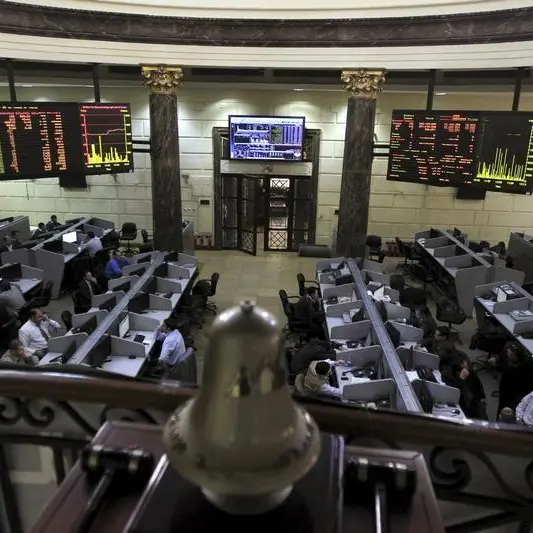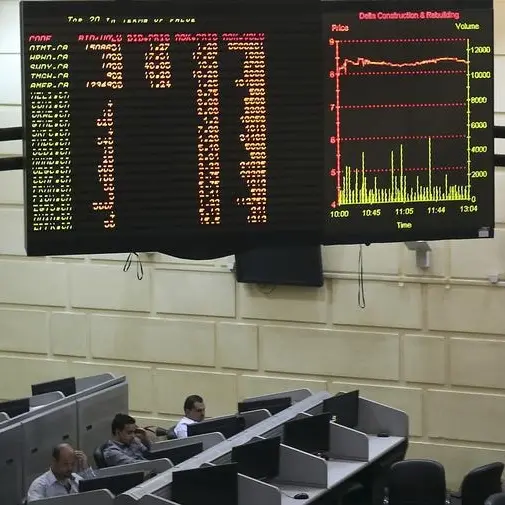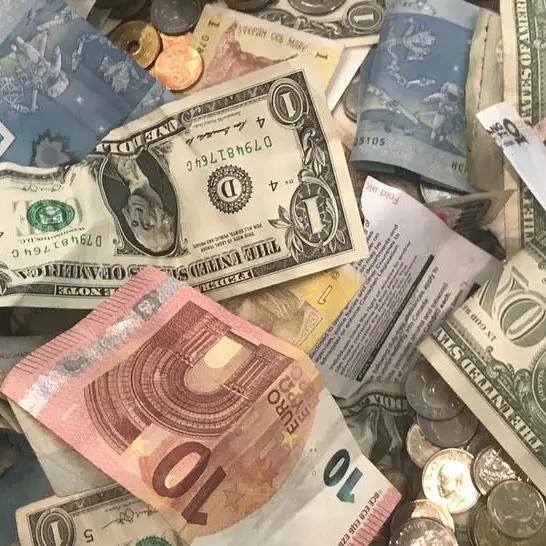Despite a strong Wall Street fall amid worries about stalled vaccine rollouts and the spread of COVID-19 variants, oil prices remained stabilized near to last week’s levels.
Brent closed the week slightly higher, up $0.47 per barrel to $55.88 per barrel. West Texas Intermediate closed the week slightly lower, down $0.07 per barrel to $55.20 per barrel. A weaker dollar could not move oil prices up much higher, while the persistence of recurring lockdowns around the world could not cap oil price gains.
After being in a contango futures price curve for months, finally the Brent futures market structure seems to be firmed on the backwardation curve, when prices for the recent future months are higher than the later future months, which stimulate physical market barrel sales and make no incentives for storing crude oil. This should also help in depleting the glut in global oil supplies and observe the high inventories.
The backwardation structure came as global supply curbs helped push crude into this bullish structure with no incentives to store barrels. JPMorgan expects that the success of supply reductions could supersede the drag on demand from the pandemic and send Brent crude past $70 per barrel by the end of this year, which is the most bullish price forecast so far.
Even if the global oil demand recovery is still in huge uncertainty, the futures curve of the Brent crude future contract seemingly firming into backwardation strongly signals tighter oil supplies in the market with the prices of the nearer futures contracts higher than later further contracts, which might boost oil demand recovery faster, supported by expectations of a tightening market ahead.
Being in a backwardation futures curve proves that OPEC supply curtailments are strengthening the market’s structure and moving to a bullish market formation where near-dated contracts are more expensive than later dated ones. This is in addition to OPEC’s firm implementation of the compensatory cuts that will likely further boost confidence in the OPEC+ agreement.
A tighter oil market is also shaping up amid January data that showed a big jump in Asian crude oil imports from major oil consumers China, India, Japan and South Korea. January oil imports from these countries were much larger than the previous month's figures.
The latest figures from the Commodity Futures Trading Commission on Jan. 26 showed that crude futures “long positions" on the New York Mercantile Exchange at 679,828 contracts, an increase of 11,750 contracts from the previous week (1,000 barrels for each contract).
QUOTE
A tighter oil market is also shaping up amid January data that showed a big jump in Asian crude oil imports.
Copyright: Arab News © 2021 All rights reserved. Provided by SyndiGate Media Inc. (Syndigate.info).
Disclaimer: The content of this article is syndicated or provided to this website from an external third party provider. We are not responsible for, and do not control, such external websites, entities, applications or media publishers. The body of the text is provided on an “as is” and “as available” basis and has not been edited in any way. Neither we nor our affiliates guarantee the accuracy of or endorse the views or opinions expressed in this article. Read our full disclaimer policy here.











